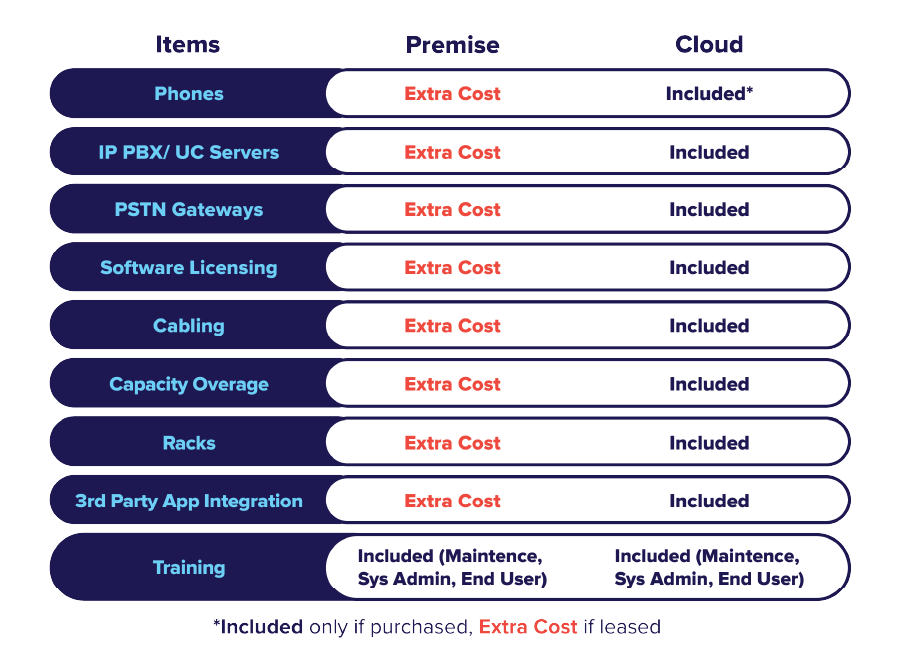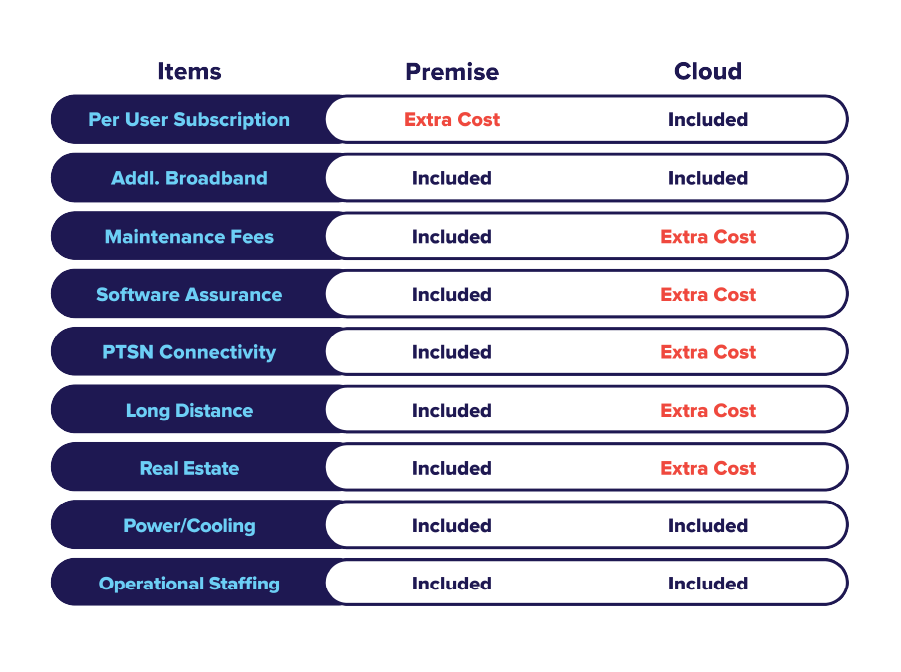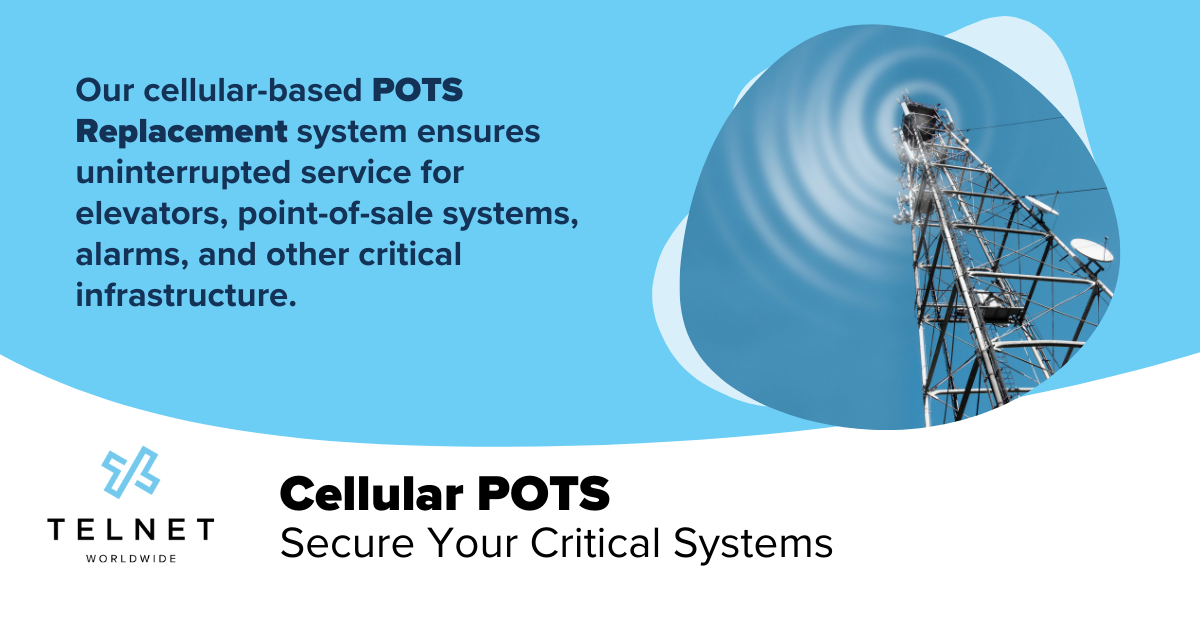Organizations of all kinds are making the migration from analog, copper-based telecommunication service to cloud-based systems. There’s no doubt the flexibility, mobility and efficiencies of these new services had something to do with their decision.
But we’d be remiss if we did not discuss the financial implications of this transition. Let’s dive into the financials to see how cloud-based communication systems impact your bottom line.
The difference between CapEx and OpEx
Capital Expenditure (simply known as CapEx) is any business expense incurred to create a future benefit. Whether you’re buying new or upgrading existing assets, things like buildings, machinery and equipment are all examples of CapEx. You can think of it as any one-time, up-front payment (which also makes it harder to budget for in advance).
Operational Expenditure (OpEx), on the other hand, includes business expenses required for day-to-day operations and is often charged on a recurring monthly basis. Wages, maintenance, utilities and repairs all fall under this category. OpEx is essentially the money a business spends in order to turn their inventory into profit.
The cost of legacy communications technology
It’s not uncommon for people to associate the latest technology with an expensive price tag. But when it comes to corporate communications technology, the opposite is actually true.
If your voice service is provided by an on-site PBX with connected analog devices, all of this equipment is owned and maintained by your organization. There are likely multiple vendors, limited capabilities and a mishmash of applications (one for chat, another for video conferences, and another still for virtual collaboration).
Because of all the equipment, maintenance and overlapping functionality, your organization will end up with high and unpredictable communications costs. We’re not just talking about the up-front costs of all this equipment, but the ongoing (and erratic) costs associated with replacements, service, maintenance and support. Not only are you not getting a simple and powerful solution, but you’re paying an arm and a leg for this jumbled mess.
The financial benefits of cloud communications
Today’s businesses need access to best-in-class communication solutions, but at an affordable cost across the entire customer lifecycle. It’s not just about minimizing initial costs (like investing in a brand-new PBX), but also considering the long-term operating expenses. In other words, it’s all about minimizing CapEx and controlling OpEx.
Organizations need their communications service to meet this criteria, but only the cloud-based ones do. You can see this play out when analyzing the differences in CapEx and OpEx between cloud-based and premise-based solutions.
CapEx considerations
When we’re talking about communications services, there’s a big difference between the CapEx for a traditional, premise-based service and a cloud-based system. Look at all the equipment and licensing costs associated with a traditional system!

As you can see, there are no additional upfront costs in the cloud model, with the exception of physical phones (if you need them), third-party integrations and training. Plus, phones technically only fall under the CapEx category if you purchase them. If you decide to lease them, they’ll fall under your operating expenses.
OpEx considerations
When considering ongoing service costs, you can’t just weigh the immediate costs of new equipment. You also have to consider the long-term costs. Luckily, with a cloud-based solution, many of the operating costs associated with premise-based services are eliminated.

Because most cloud-based systems are offered as a Software as a Service (SaaS) model, your organization will likely pay for a monthly, per-user subscription. Maintenance, connectivity and physical space are now irrelevant. Now there will be no surprises on your monthly invoices; everything is completely transparent and scalable.
There’s no doubt about it, if you’re worried about saving money (who’s not?), selecting a cloud-based communications solution is a lot more cost effective than a traditional, premise-based system. Not only will you save money upfront, but you’ll achieve more control and predictability in your operating costs.





